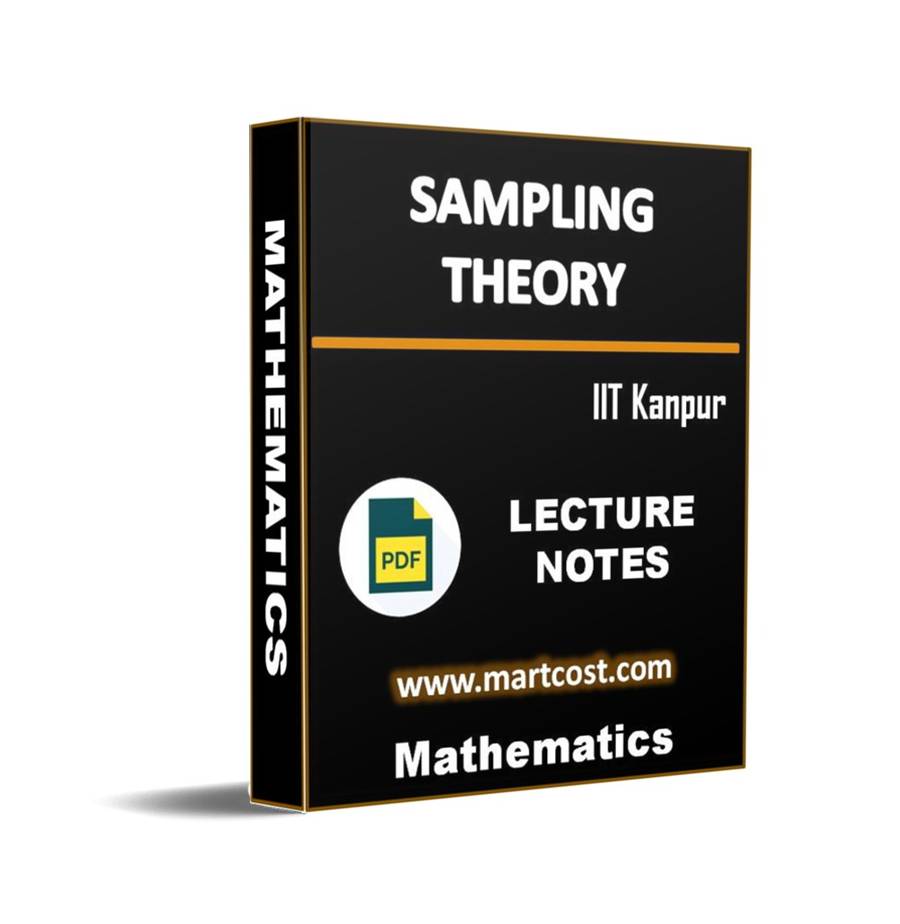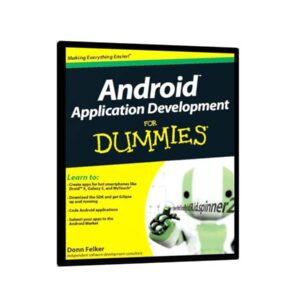Description
Name of Notes : – Sampling Theory Lecture Note
Introduction
- Introduction
- Simple Random Sampling
- Sampling for proportions and percentages
- Stratified sampling
- Ration and product Methods of estimation
- Regression method of estimation
- Varying probability sampling
- Double sampling double sampling (Two phase sampling)
- Cluster sampling
- Two stage sampling two stage sampling (Sub sampling)
- Systematic sampling
- Sampling on successive occasions
- Non sampling errors
- Exercises in sampling theory






Reviews
There are no reviews yet